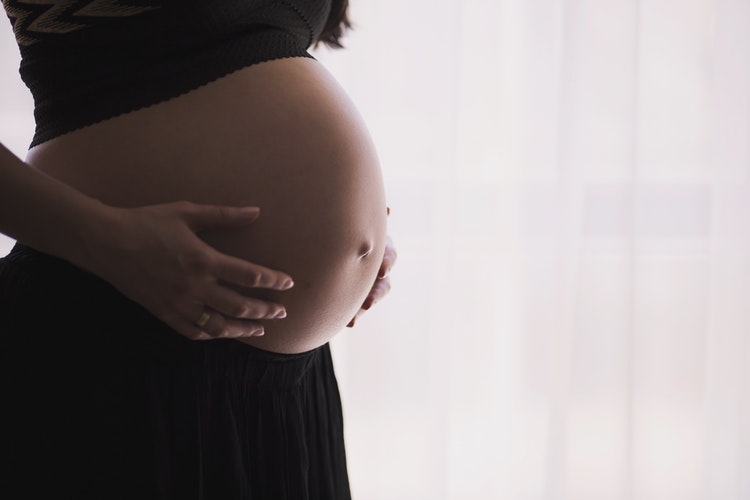Everything You Need to Know When You Start Feeling a Contraction
If you are pregnant for the first time, then, understandably, you could be quite nervous about the big day. During the last stages of your pregnancy, it is normal to wonder when and how labor may begin. There are numerous signs that you could be going into labor, and the most obvious sign is consistent contractions. So, if you are still in the dark as to what to expect, here is everything you need to know when you start to feel contractions.
What is the feeling like?
Contractions are the physical way the uterus tightens to enable your baby’s delivery. During this process, all the body muscles shorten (contract) and tighten when in use. The uterus is known to be a very strong muscle, so when contractions begin, you will be in a position to identify them. Contractions are usually likened to a wave due to the nature of their manifestation. The intensity of the contractions usually rises slowly before peaking and then decreasing slowly. In addition to that, labor contractions usually radiate from the back to the front core, making your entire belly rock hard. The contractions may also feel like cramps and can include a dull backache and pelvic pressure as well.
How contractions work
Contractions are essential in childbirth because they help to push the baby downward by applying pressure and tightening the uterus’ top. The pressure exerted on the cervix allows it to open or dilate. The duration of contractions is usually non-specific although they can range from a few seconds to minutes. Labor contractions are stimulated by the hormone oxytocin which ensures the contractions continue throughout labor. With the progression of labor, contractions usually last longer, increase in their intensity, and get closer together. In some cases, contractions reduce in frequency when the baby is finally being pushed out, although they could still be very strong to force the baby out.
The good thing about contractions is that once you keep track of them and can time their occurrence, everything becomes easier as you will always be prepared. There are gadgets such as the Bloomlife’s pregnancy tracker that allow you to monitor and keep track of your real-time uterine activity and patterns.
What are Braxton-Hicks?
It is imperative to remember that not all contractions signify labor. You may experience an alternation of contractions before the actual labor begins. These types of contractions are referred to as the Braxton-Hicks contractions. Often, Braxton-Hicks signify the body to get ready for the actual labor and can be felt weeks before the due date. It is imperative to know how to differentiate true labor from false labor so you can be certain of what it is you are experiencing.
Final Word
It can be challenging to differentiate between false and true labor. For that reason, you will need to time your contractions. Keep a record of their intensity and how long a contraction lasts. Do so for about an hour to catch their pattern. Move about to see whether a change in position stops the contractions. If you believe you are in labor, call your doctor immediately.




